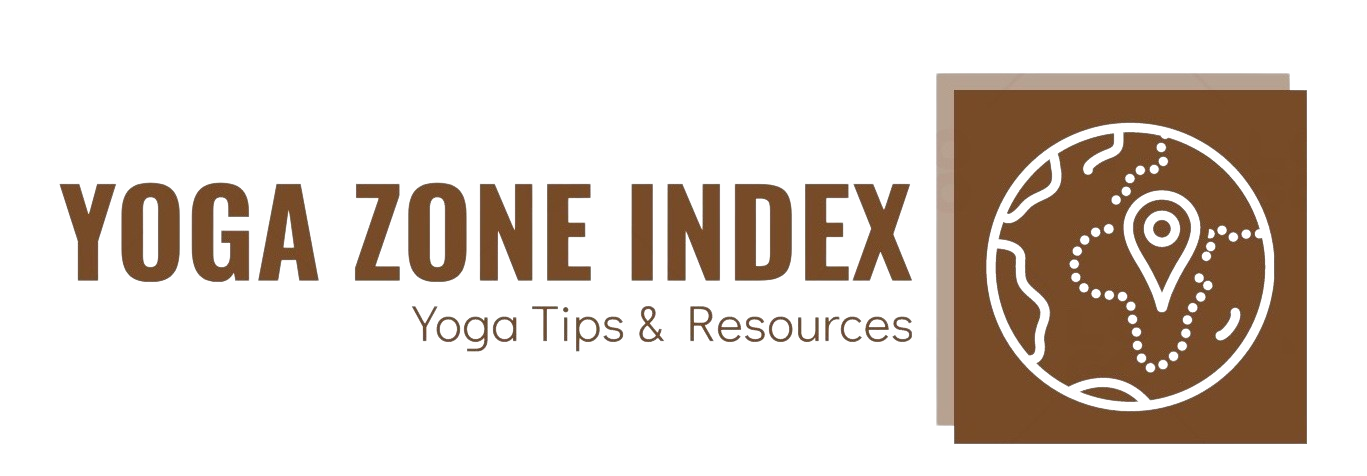
Yoga, a practice deeply ingrained in our culture, offers a plethora of styles to cater to various needs and preferences. Amid the fast-paced Vinyasa and the intense Ashtanga, there lies a tranquil, meditative form—Yin Yoga. Yin Yoga is a slow-paced style that focuses on holding poses for extended periods, targeting the deep connective tissues of your body. If you’re yearning for a gentle, restorative practice that balances your body’s energy and calms your mind, Yin Yoga could be your perfect match.
In this guide, we’ll delve into the benefits of Yin Yoga, and explore some popular poses that you can incorporate into your routine.
Yin Yoga: An Introduction
Yin Yoga, a tranquil counterpart to the dynamic Yang styles, primarily targets your body’s deeper connective tissues, such as ligaments, joints, and bones. The distinguishing factor of Yin Yoga is the duration for which each pose is held—typically 1 to 5 minutes, significantly longer than in Yang styles. This extended hold encourages a better release of tension and helps stretch seldom-used tissues, thereby enhancing joint mobility and tissue elasticity.
Originating from ancient Chinese Taoist principles, Yin Yoga aims at unblocking energy pathways, known as meridians, to allow a free flow of ‘qi’ or life force energy. By doing so, it aids in releasing physical, mental, and emotional tension, leading to an overall sense of well-being.
The Magic of Yin Yoga
Yin Yoga, while appearing simple and quiet, is a profound practice that encourages surrender and self-awareness. As you hold the poses for longer durations, you learn to breathe through discomfort and manage intrusive thoughts. This focus on the internal self is what makes Yin Yoga a transformative journey.
While Yin Yoga is physically more accessible, thanks to its floor-based postures, it can be mentally challenging due to the inward focus and the need to stay with discomfort. Hence, beginners should approach this practice with mindfulness and respect for their bodies.
Benefits of Yin Yoga
Yin Yoga offers an array of physical and mental benefits that can improve your overall health and well-being:
- Breath Awareness: Focusing on the breath is integral in Yin Yoga. It diverts attention from discomfort and fosters a sense of calmness.
- Enhanced Joint Flexibility: Yin Yoga promotes flexibility and mobility by lengthening the connective tissues and releasing tension.
- Improved Blood Circulation: The practice of deep breathing in Yin Yoga enriches your body with oxygen, boosting blood circulation.
- Relaxation: Yin Yoga stimulates the body’s relaxation response, reducing stress levels and promoting a sense of peace and tranquility.
- Better Mental and Physical Health: Consistent practice of Yin Yoga can lead to lower stress levels, reduced anxiety, improved sleep quality, and enhanced digestion.
10 Popular Yin Yoga Poses You Can Try Today
Let’s explore some common Yin Yoga poses that you can incorporate into your practice.
Butterfly Pose

This beginner-friendly pose opens up the hips and eases lower back pain. It also promotes mental relaxation, making it an excellent antidote for stress and anxiety.
Twisted Dragon Pose

An advanced pose, the Twisted Dragon targets your hip flexors, outer hips, and adductors. It also stretches your back, potentially alleviating sciatica pain.
Shoelace Pose

This restorative pose offers a deep stretch to your arms, shoulders, hips, and upper back. It can also stimulate the organs in your belly and throat, enhancing digestion and blood circulation.
Legs-up-the-Wall Pose

This restorative pose reverses the blood flow in your body, helping to boost circulation and prepare your body for a good night’s sleep.
Seated Forward Bend

This relaxing pose lengthens your spine, alleviating back pain and promoting better posture.
Dragonfly Pose

This pose gently opens your hips and inner thighs, bestowing a warming stretch that can alleviate winter blues.
Swan Pose

This pose targets your hip flexors and glutes, contributing to more toned and flexible hips.
Puppy Pose

This posture-improving pose opens up your shoulders, expands your chest, and improves blood circulation.
Supported Fish Pose

This pose stretches your chest, shoulders, and abs, stimulates your heart chakra, and helps to alleviate stress and anxiety.
Meditation Seat

This grounding pose elongates your spine, promotes mindful breathing, and helps to clear your mind.
Yin Yoga Safety Tips
As you embark on your Yin Yoga journey, keep these safety tips in mind:
- Don’t Overdo It: Listen to your body. If a pose feels uncomfortable or painful, modify it or skip it altogether.
- Breathe: Remember to breathe deeply during your practice. This ensures your body gets enough oxygen and helps you avoid injuries.
- Dress Comfortably: Wear nonrestrictive clothing that allows you to move freely. Since Yin Yoga is slower and less intense than other forms, you might feel cold during your practice. Layer up to stay warm.
- Avoid Large Meals Before Your Practice: To prevent digestive issues, avoid eating a large meal right before your practice.
- Consult Your Doctor: If you’re pregnant or have any injuries or health conditions, it’s always a good idea to consult your doctor before starting a Yin Yoga practice.
Wrapping Up
Yin Yoga is a gentle, meditative practice that can help balance the body’s energy, calm the mind, and improve flexibility. Whether you’re an experienced yogi or a beginner, incorporating Yin Yoga into your routine can offer a myriad of physical and mental benefits. Remember, as with any yoga practice, always listen to your body and respect its limits. Happy practicing.


